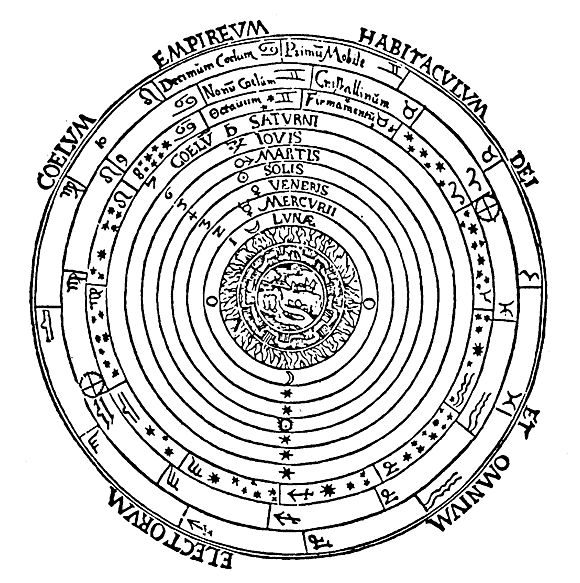

The astrological elements of the medieval model involve giving each planet specific characteristics. For example, Jupiter is the king of the planets and produces tin. The character that represents Jupiter can be described as “jovial.” The jovial character is “cheerful, festive, yet temperate, tranquil, and magnanimous." It is said that when Jupiter dominates, we may expect prosperity.

Astrology has been dated back to 3 BC and was mainly used to predict seasonal shifts and to relate planetary movements to divine communications. Until the 1800's, astrology was considered a scholarly tradition, and it helped to develop astronomy. Prior to the scientific revolution, most people accepted astrology, which contrasts to modern society where most people see astrology as a "pseudo science." Some of astrology's concepts were used in other areas, such as medicine. By the end of the 1800's, emerging scientific concepts in astronomy, such as heliocentrism, were undermining the theoretical basis of astrology, which subsequently lost its academic standing. People saw astronomy as more practical because of its scientific backing, whereas astrology was built upon theories and had no scientific evidence to support its ideas.
